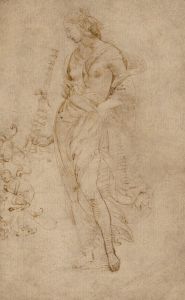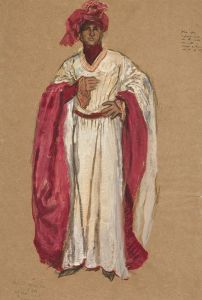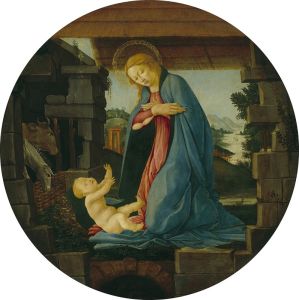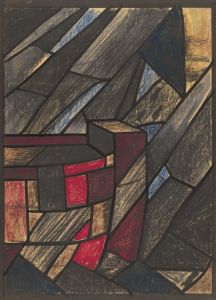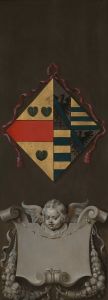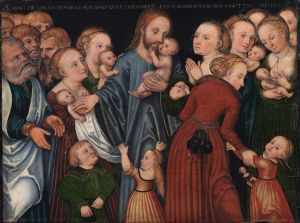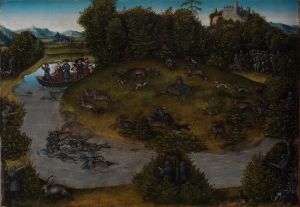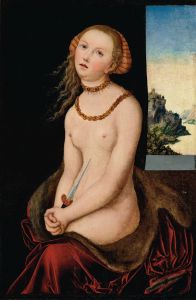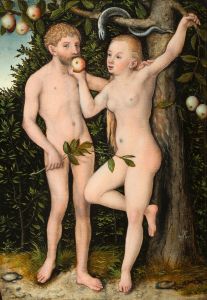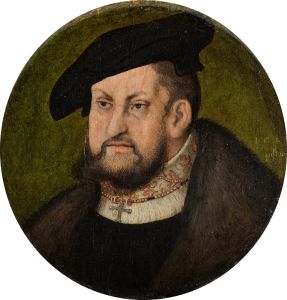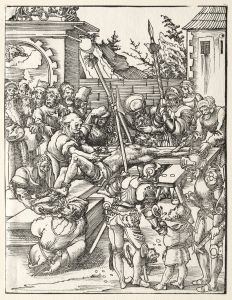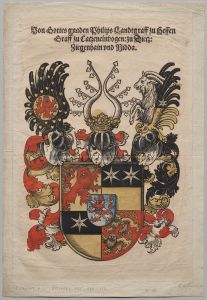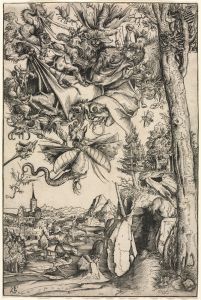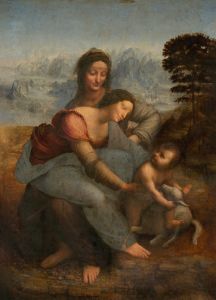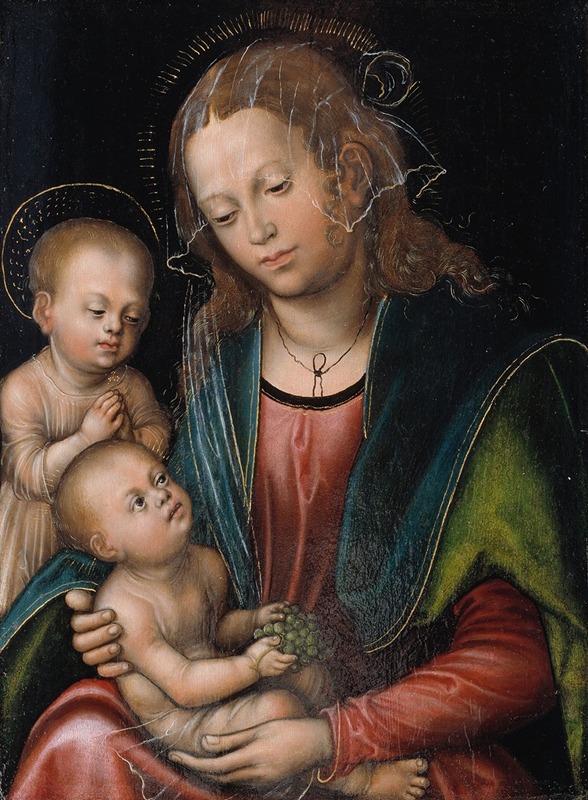
Virgin and Child Adored by the Infant St John
A hand-painted replica of Lucas Cranach the Elder’s masterpiece Virgin and Child Adored by the Infant St John, meticulously crafted by professional artists to capture the true essence of the original. Each piece is created with museum-quality canvas and rare mineral pigments, carefully painted by experienced artists with delicate brushstrokes and rich, layered colors to perfectly recreate the texture of the original artwork. Unlike machine-printed reproductions, this hand-painted version brings the painting to life, infused with the artist’s emotions and skill in every stroke. Whether for personal collection or home decoration, it instantly elevates the artistic atmosphere of any space.
Lucas Cranach the Elder, a prominent German Renaissance painter, created the artwork "Virgin and Child Adored by the Infant St John." Cranach was known for his distinctive style and his role as a court painter to the Electors of Saxony, which significantly influenced the art of the Northern Renaissance. His works often depicted religious themes, mythological subjects, and portraits, characterized by their vivid colors, attention to detail, and expressive figures.
"Virgin and Child Adored by the Infant St John" is a notable example of Cranach's religious paintings. The artwork portrays the Virgin Mary holding the Christ Child, with the Infant St John the Baptist adoring them. This composition is a common theme in Christian art, symbolizing the recognition of Christ's divinity and the role of St John as the forerunner of Jesus. Cranach's depiction is marked by its serene and intimate atmosphere, capturing a moment of tender interaction between the holy figures.
Cranach's style in this painting reflects his mastery of color and form. The figures are rendered with delicate precision, showcasing his ability to convey emotion and spirituality. The Virgin Mary is often depicted with a gentle and contemplative expression, while the Christ Child is shown with a sense of innocence and divinity. The Infant St John, typically portrayed with attributes such as a lamb or a cross, is shown in a gesture of reverence, emphasizing his role in the biblical narrative.
The background and setting of the painting often include elements typical of Cranach's work, such as lush landscapes or architectural details, which provide a harmonious backdrop to the central figures. These elements not only enhance the visual appeal of the painting but also contribute to the overall narrative and thematic depth.
Cranach's workshop was known for producing numerous versions and variations of popular themes, and it is possible that multiple versions of "Virgin and Child Adored by the Infant St John" exist. This practice was common during the Renaissance, as artists and their workshops often created replicas or variations of successful compositions to meet the demands of patrons and collectors.
The influence of Cranach's work extended beyond his lifetime, as his paintings were highly regarded and collected by art enthusiasts and patrons across Europe. His contributions to the Northern Renaissance and his role in the cultural and artistic developments of his time have cemented his legacy as one of the leading figures in German art history.
Overall, "Virgin and Child Adored by the Infant St John" exemplifies Lucas Cranach the Elder's skill in combining religious iconography with his unique artistic style, resulting in a work that continues to be appreciated for its beauty and historical significance.





